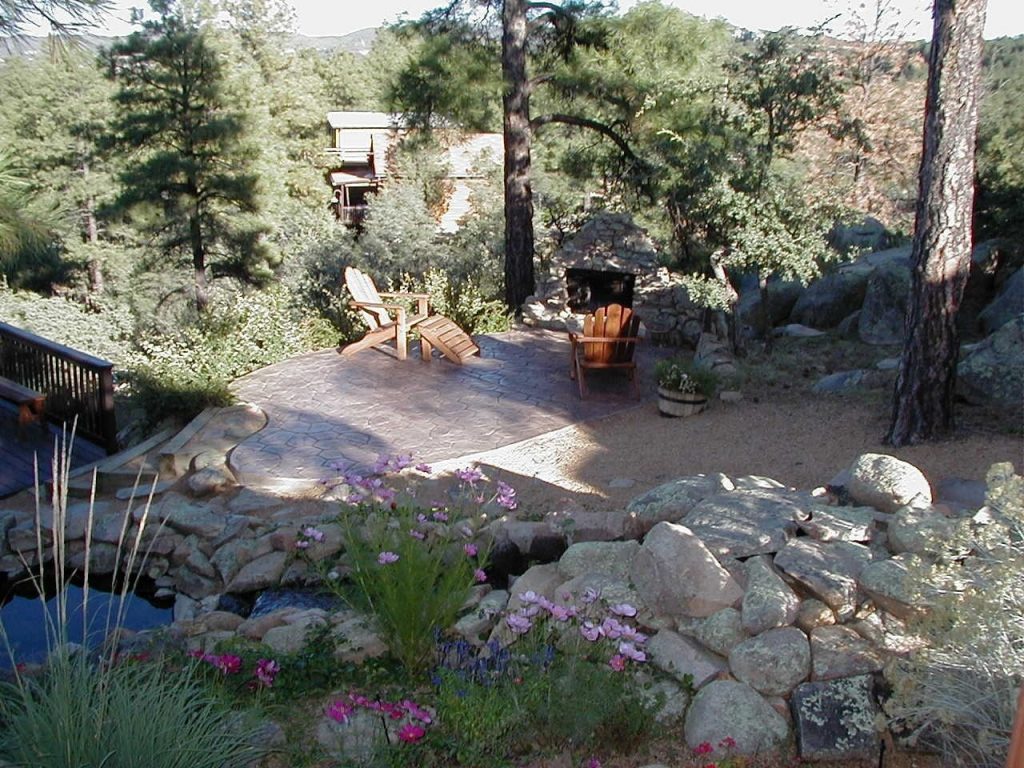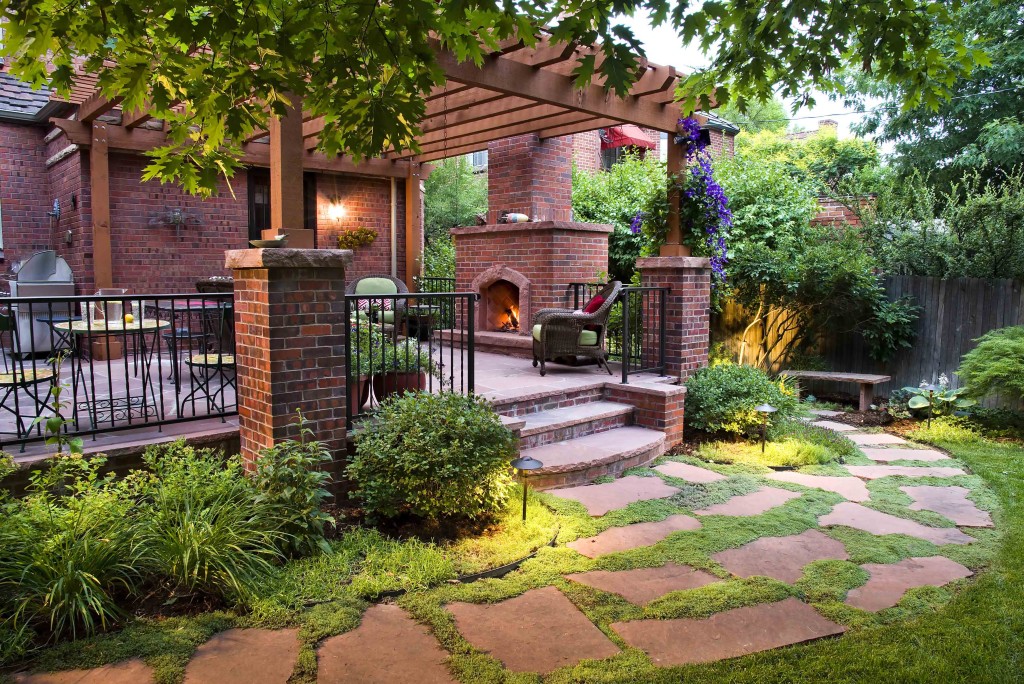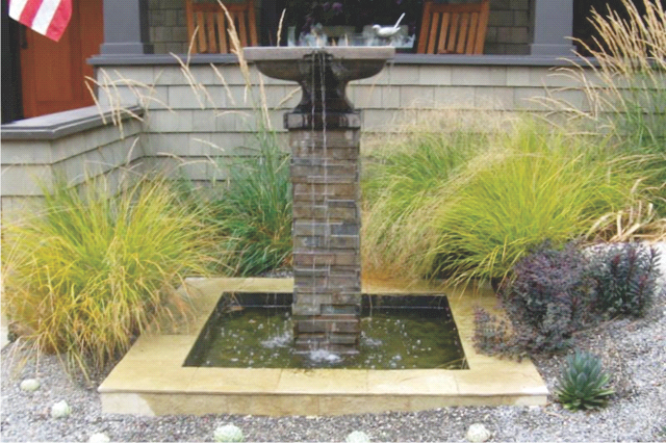All About Hilton Head Landscapes
All About Hilton Head Landscapes
Blog Article
Facts About Hilton Head Landscapes Uncovered
Table of ContentsHilton Head Landscapes Things To Know Before You BuyHilton Head Landscapes - QuestionsThe Best Strategy To Use For Hilton Head LandscapesLittle Known Questions About Hilton Head Landscapes.The Of Hilton Head LandscapesHilton Head Landscapes Can Be Fun For EveryoneHilton Head Landscapes - The Facts
Line produces all forms and patterns and can be utilized in a variety of means in the landscape. Line in the landscape is created by the side between 2 products, the synopsis or silhouette of a type, or a long linear attribute. Lines are a powerful tool for the developer because they can be made use of to create a boundless variety of forms and forms, and they manage activity of the eye and the body.

Lines can have several characteristics, such as those explained listed below, yet they generally offer different purposes. Figure 1. Lines in the landscape - hilton head landscapers. The residential properties of lines establish just how individuals react to the landscape, both mentally and physically. Straight lines are structural and strong; they develop an official character, are typically linked with a symmetrical style, and lead the eye directly to a prime focus.
Hilton Head Landscapes Things To Know Before You Get This
Straight lines are frequently located in hardscape edges and product. Curved lines develop an informal, all-natural, unwinded personality that is associated a lot more with nature and asymmetrical balance. Bent lines move the eye at a slower pace and include enigma to the area by developing covert sights. Upright lines move the eye up, making an area really feel larger.
Vertical lines in the landscape include high, slim plant material, such as trees, or tall frameworks, such as an arbor or a bird residence on a pole. Straight lines move the eye along the ground aircraft and can make an area really feel larger. Low lines are a lot more subdued and create a feeling of rest or repose.
The Facts About Hilton Head Landscapes Revealed
Lines are also developed by the upright types of built attributes and plant product. There are 3 key line kinds that produce kind in the landscape: bedlines, hardscape lines, and plant lines.
Bedlines link plant product to your house and hardscape since the eye follows the line, relocating the gaze via the landscape. Hardscape lines are produced by the side of the hardscape, which marks the developed structure. Line can also be developed by long and narrow materials, such as a fencing or wall surface.
The 10-Minute Rule for Hilton Head Landscapes
Type is discovered in both hardscape and plants, and it is normally the leading aesthetic aspect that spatially arranges the landscape and frequently figures out the design of the yard. The form of structures, plant beds, and garden accessories also establishes the general kind theme of the yard. Official, geometric kinds include circles, squares, and polygons.
Plants create form in the garden with their describes or silhouettes, but form can also be defined by a void or negative space in between plants - landscapers in bluffton sc (https://plant-waitress-d90.notion.site/Transform-Your-Outdoors-with-Hilton-Head-Landscapes-174812708a624c49ad532d2e0de1d93f). Circles can be full circles, or they can be split right into fifty percent circles or circle sections and incorporated with lines to try this out produce arcs and tangents
The Only Guide to Hilton Head Landscapes
Circles can additionally be extended into ovals and ellipses for more range and rate of interest. Circles are a solid layout kind due to the fact that the eye is always drawn to the center, which can be made use of to emphasize a focal point or link other types. Number 2. Round kinds in hardscape and grass panels.
The square type can likewise be fractional and used repetitively to produce a grid pattern. Unlike circles, squares are stronger on the edges, which can be lined up or overlapped to develop special patterns and even more complex forms.
Twisting lines frequently resemble the all-natural course of rivers or streams and can be referred to as smooth lines with deeply rounded undulations. Twisting lines (Figure 3) work well for pathways, plant bedlines, and completely dry stream beds. Meandering lines can add interest and mystery to a garden by leading viewers around edges to find new sights and rooms.
The Facts About Hilton Head Landscapes Uncovered

Number 5. Fragmented sides: tipping stones in pathway. Type is one of the most enduring quality of a plant (landscape design hilton head). https://www.huntingnet.com/forum/members/h1tnhdlndscps.html. Typical plant types are well established and standard, as kind is one of the most regular and recognizable quality of plants. Kind can also be produced with the massing of plants, where the overall mass develops a different form than a specific plant.
An extremely different form needs to be made use of with careone or two work well as a prime focus, but also numerous wreak havoc. All-natural plant kinds, rather than over-trimmed kinds, need to develop the mass of the composition. The importance of general type is essentially dependent on the checking out perspectivethe kind of a tree can appear rather different to a person standing under the canopy versus seeing the tree from a distance in an open field.
Getting My Hilton Head Landscapes To Work
Plant kinds likewise create and specify deep space or open areas in between the plants, creating either convex or concave forms in deep spaces. High-arching tree branches commonly produce a concave open room under the branches, and a round canopy with reduced branches fills the room to develop a convex kind outdoors room under the tree.

Report this page